False Testimony
Hajnal Németh and Zoltán Kékesi kiállítása
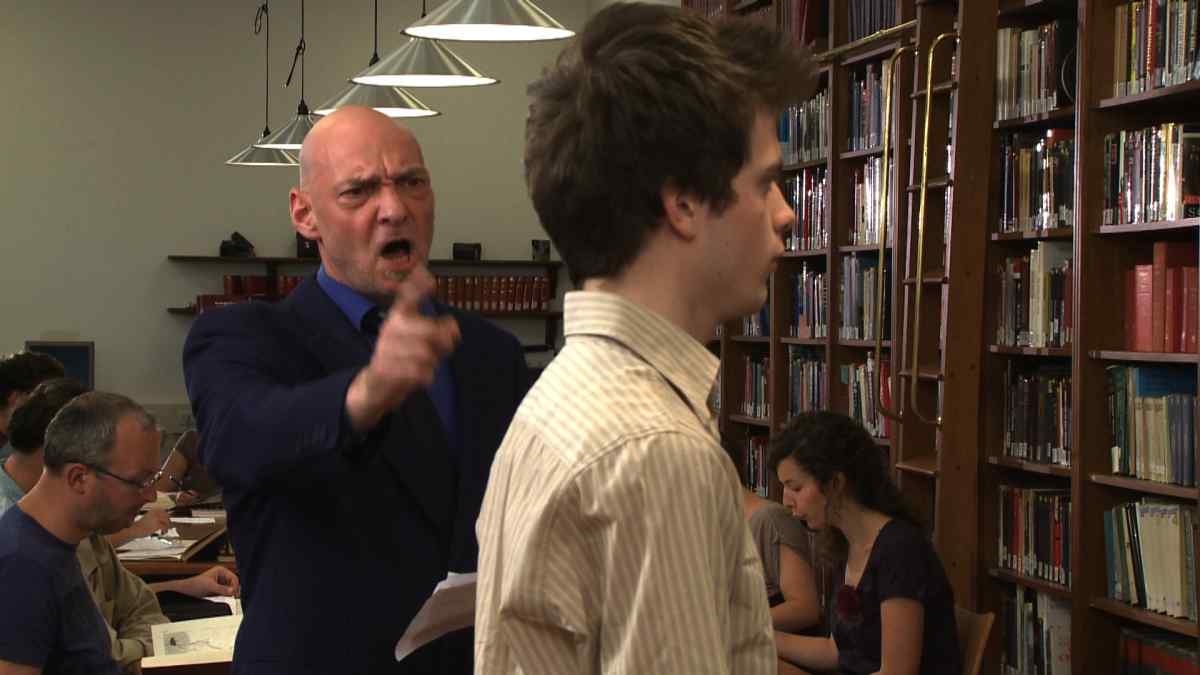
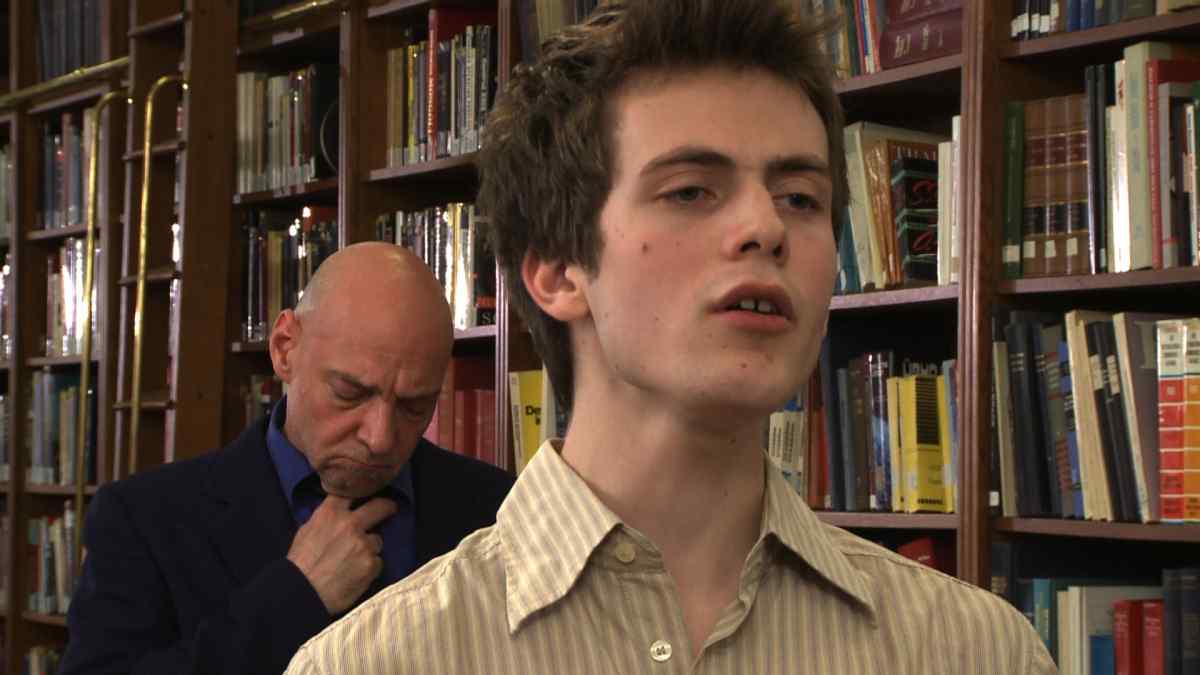
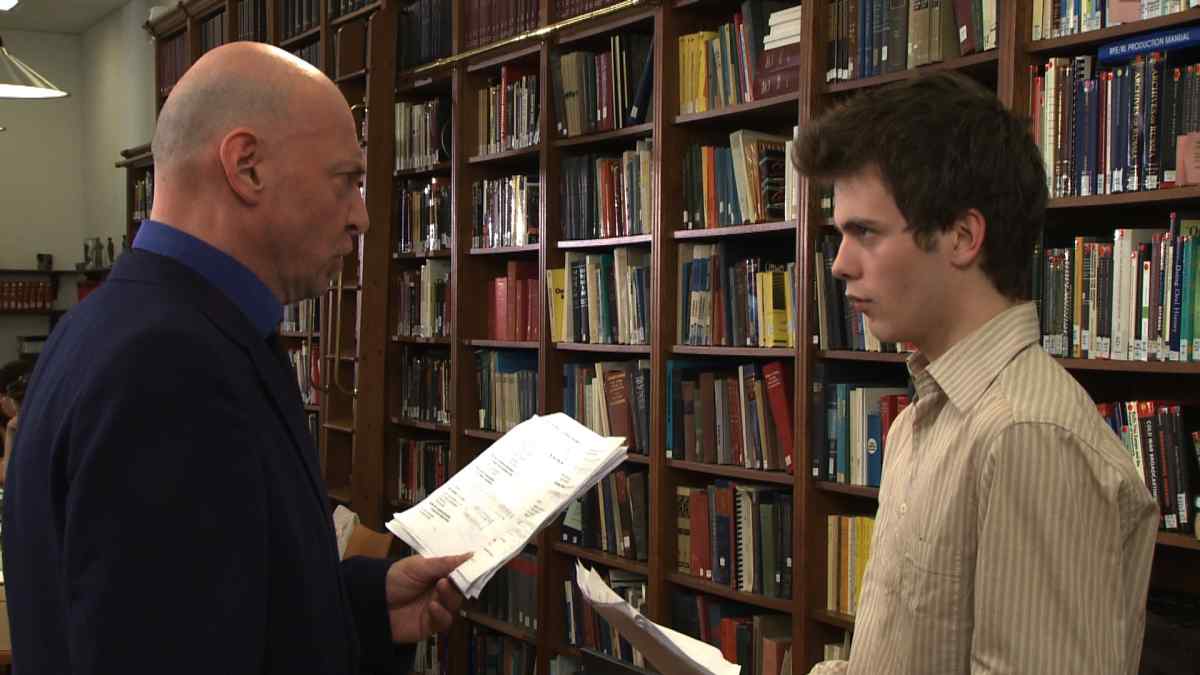
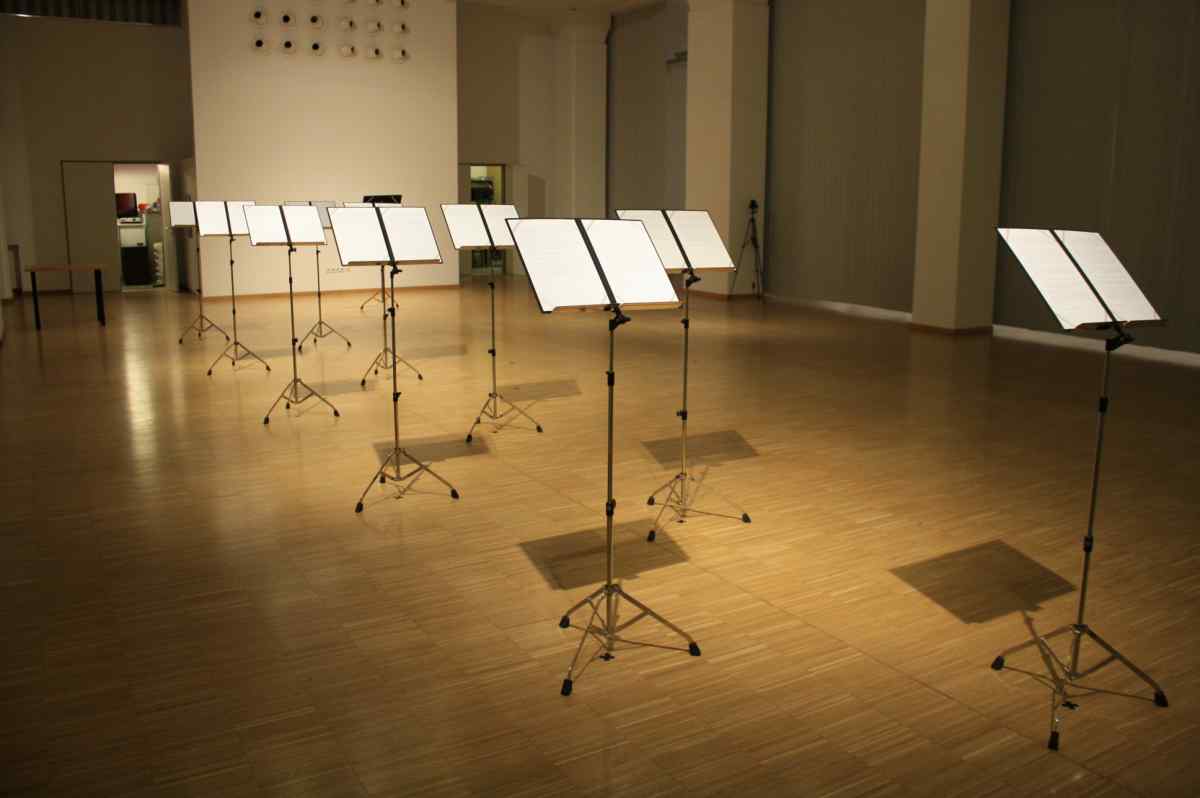

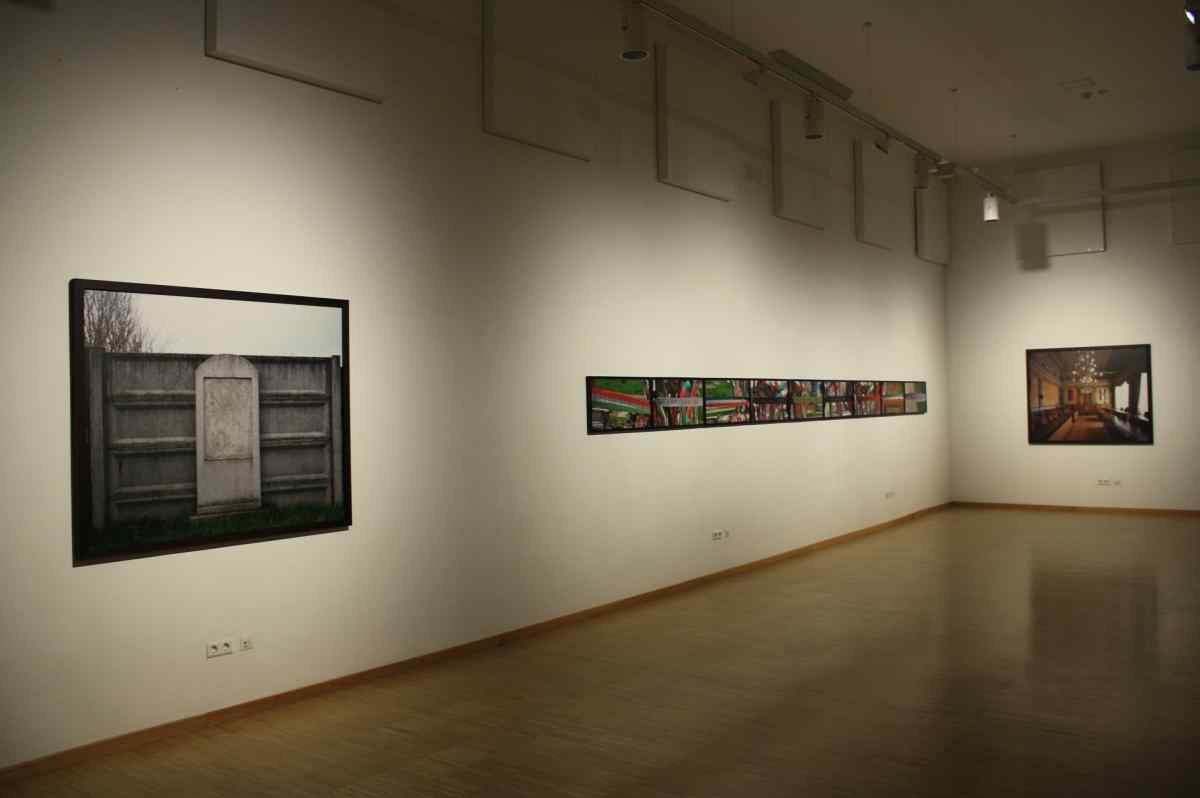
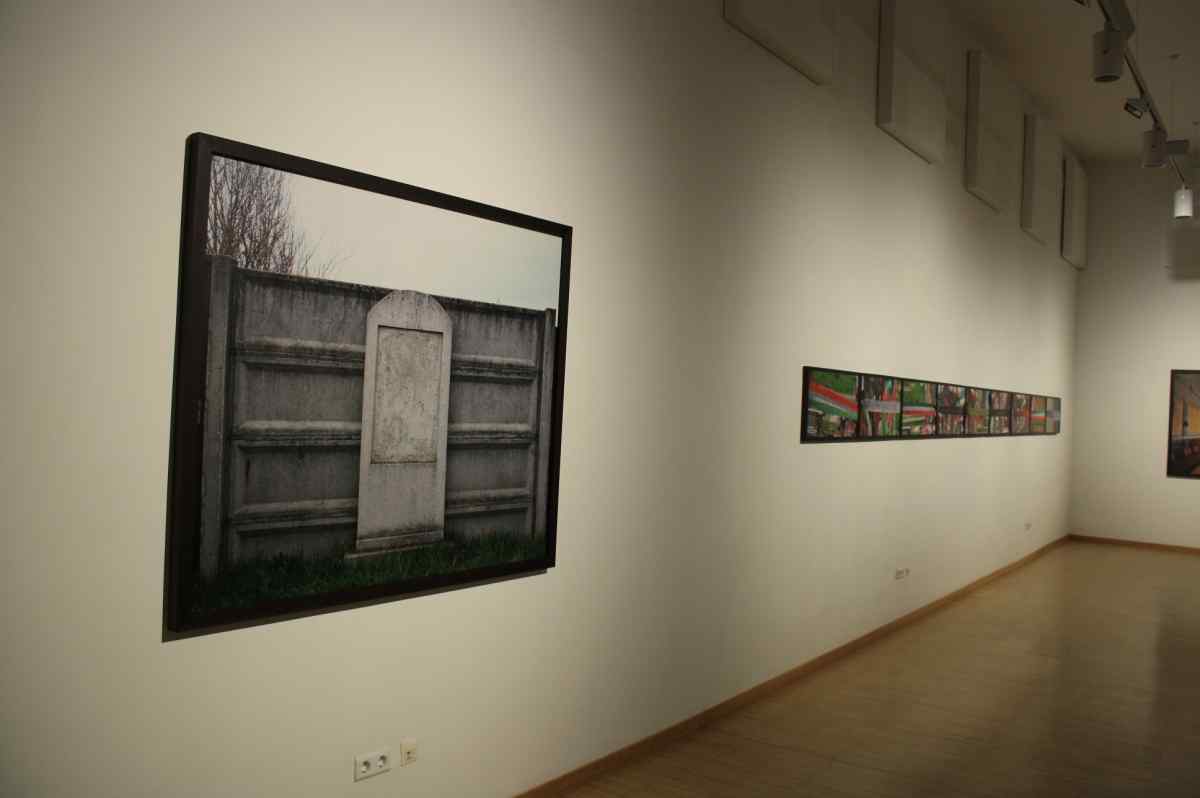
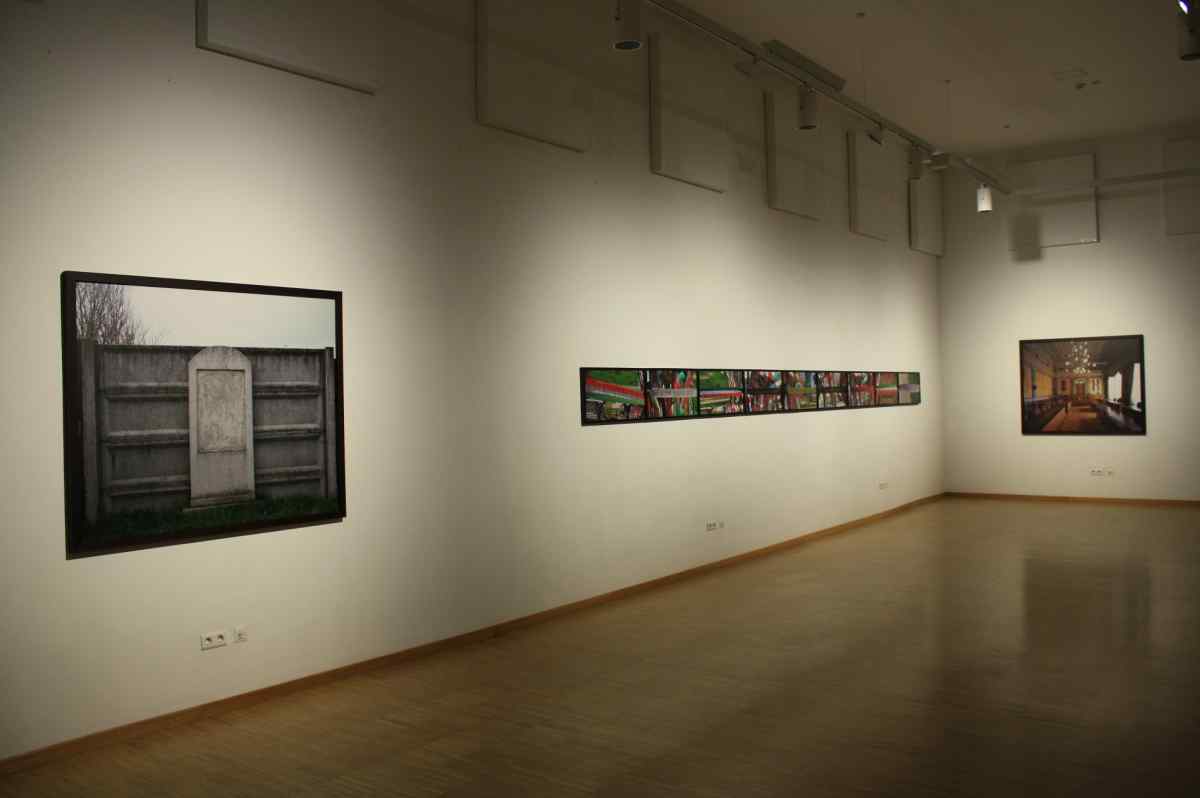

NÉMETH Hajnal
Allianz Kulturstiftung, Galerie Patrick Ebensperger, RAM Foundation, Budapest Music Center, HORVÁTH Béla
The subject of the “False Testimony” exhibition is the Tiszaeszlár Trial of 1883. Following the disappearance of a 14-year-old girl Eszter Solymosi on April 1, 1882, in the Hungarian village of Tiszaeszlár, local rumors and suspicions of Jewish ritual murder led to a high-profle murder case in the summer of 1883. Relying heavily on forensic medicine, the prosecution’s case was not proved against the 14 male Jewish defendants, who were proclaimed not guilty on August 3. The trial was closely interwoven with the birth of modern antisemitism in Hungary: shortly after the verdict and a spate of antisemitic riots around the country, Hungary’s first National Antisemitic Party (1883–1892) was formed. “Tiszaeszlár” later became an important element in the radical Right’s historical narrative and subsequent constructions of national martyrology.
The series of photographs entitled “Loud Place” documents the contemporary right-wing cult of Eszter Solymosi and the grave erected in her honor in 1994. “Silent Place 1” shows the former courtroom in its empty state, while “Silent Place 2” shows the Jewish cemetery in Tiszaeszlár which, today, is unmarked, and enclosed by a concrete wall. The central pieces of the exhibition, “False Testimony (one version of the Version)” and “False Testimony (version 3)”, use the transcript of Miklós Erdély’s classic 1981 film “Verzió” to rework one of the key scenes of the trial. In these videos, a choir and the soloists perform two different versions of the scene in which the prosecution’s witness, 14-year-old Móric Scharf, is trained to confess, which confession he later repeats over and over.
Hajnal Németh, “by reenacting the story, directs attention to the present. She realizes a version whose framework is no longer late 19th century Hungary, but a present-day workplace, an office where everyone is working as if nothing happened.” (Szabolcs KissPál)
The photographs, videos and objects in the exhibition examine individual and collective memory and identity, the processes of psychological and cultural acquisition, and the learning of antisemitic witness and national martyrology.